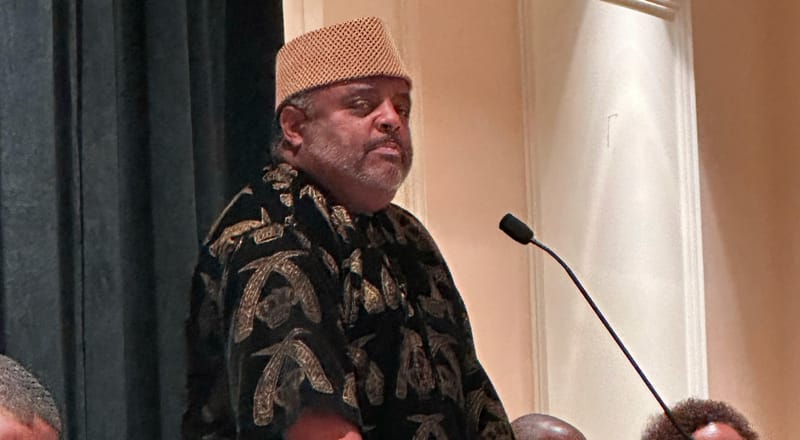Thousands Rally Nationwide Against Trump Policies in Coordinated Day of Action
Branded as the 50501 Movement, the national "Day of Action" drew thousands of participants in more than 800 protests, teach-ins, and community service events.
WASHINGTON, D.C. — In one of the most widespread protest efforts since Donald Trump left office, demonstrators flooded public squares, city streets, and local libraries in all 50 states on Saturday to challenge the former president’s enduring threat to democracy.
Branded as the 50501 Movement, the national "Day of Action" drew thousands of participants in more than 800 protests, teach-ins, and community service events. From Washington, D.C., to Seattle, Miami, and small towns like Driggs, Idaho, activists united under a common purpose: to defend democracy, oppose executive overreach, and support local communities.
“This isn’t just about one man—it’s about the policies, the people behind them, and the damage they continue to do,” said Michelle Willis, an educator from New Bedford, Massachusetts, who traveled to the capital with her two children. “I’ve protested before, and I’ll keep showing up. Democracy depends on it.”
What Is the 50501 Movement?
The 50501 Movement, named for 50 states, 50 protests, and one unified mission, launched in early February and has quickly grown into a decentralized network of grassroots organizers. The group’s platform focuses on four key principles: pro-democracy values, constitutional preservation, nonviolence, and opposition to unchecked executive power.
Hunter Dunn, national press coordinator for the movement, said Saturday’s actions weren’t only about political resistance. “We’re building community resilience,” he said. “Resistance must look like service, education, mutual aid, and empowerment—not just rallies.”
Major Cities, Local Voices
In Washington, D.C., protesters filled Lafayette Square across from the White House. They called out recent deportations, including that of Kilmar Abrego Garcia, and criticized federal funding cuts targeting education and scientific research.
In New York City, demonstrators held signs outside the New York Public Library, linking Trump-era policy to ongoing threats to civil liberties. In Southern California, organizers held food drives for wildfire survivors and working families hit hard by rising prices and tariffs enacted during Trump’s term.
Elsewhere, in rural towns like Driggs, Idaho, residents gathered in front of courthouses and churches, showing that opposition to Trump’s legacy isn’t limited to coastal cities.
The Tesla Takedown
Saturday’s events also intersected with the growing “Tesla Takedown” movement, a protest effort aimed at Tesla CEO Elon Musk’s perceived influence in Trump-aligned policy circles. With over 100 protests targeting Tesla retail locations, organizers criticized what they described as corporate-political collusion undermining democratic safeguards.
“This isn’t a fringe movement,” said Dunn. “It’s a coalition of Americans from every walk of life who want to protect what’s left of our democratic institutions and rebuild stronger ones.”
A Movement Beyond Marches
Organizers emphasized that Saturday’s efforts were just the beginning. The 50501 Movement has already launched mutual aid networks, voter education campaigns, and plans to support state-level ballot initiatives designed to fortify democratic protections.
“This is not about one day or one president,” said a protester holding a sign that read “Hands Off Our Democracy” in downtown Atlanta. “This is about reclaiming the future, block by block, voice by voice.”
The White House did not issue a response to Saturday’s nationwide demonstrations. But organizers say the silence only reinforces the need for continued pressure and public accountability.
As protests continue to grow in frequency and size, the 50501 Movement has positioned itself as a force to watch—one that merges political resistance with direct community support, aiming not just to challenge power, but to reimagine it.







